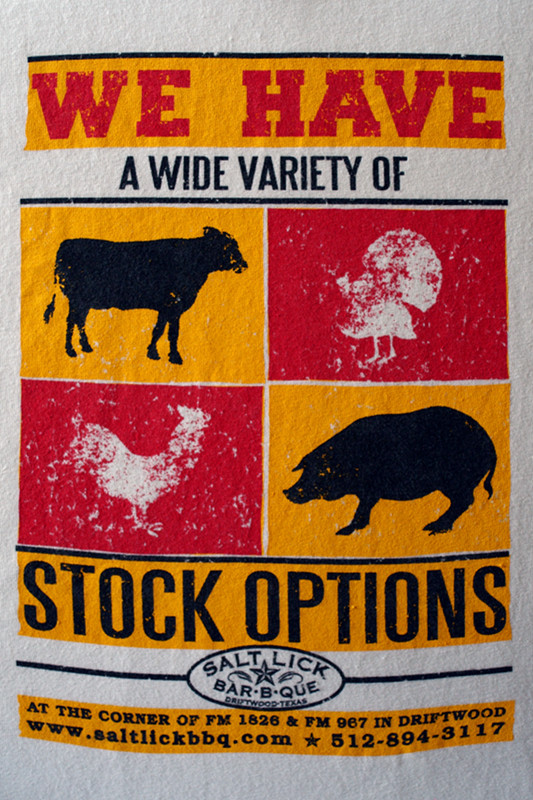The previous post in our series on derivatives discussed forwards and futures. To review, forwards and futures represent an obligation to buy or sell an asset at a given price at a predetermined time in the future. This post focuses on option contracts, which allow investors to buy or sell an asset in the future as well, but does not require them to do so. However, unlike forward and futures contracts which are costless at initiation, an option purchaser must pay a premium to hold the contract. While options can be written on any number of objects (e.g., interest rates, exchange rates, other derivatives), equity options are the most widely used, and thus are the focus of this review.

As the name implies, an equity option gives the holder the right to buy (or sell, depending on the type of option) a particular common stock at a given “strike” price at some point in the future. Equity option contracts are for 100 shares of the underlying stock, although the premiums are listed on a per share basis. For example, an option on ABC stock might have a listed premium of $5, which would mean that an investor would purchase an option contract for 100 shares of ABC at the total price of $500. If the option allowed an investor to buy the stock at the pre-specified strike price, it would be a “call” option. Conversely, the option to sell the stock at the strike price would be known as a “put” option.
Due to the inherent uncertainty of asset prices in the distant future, options tend to be constructed to expire in nine months or less, though there are exceptions to this convention 1. However, unlike forwards or futures, some options can be exercised before their expiration date. This type of option is known as an “American” option, in contrast to a “European” option, which can only be exercised at expiration 2. As American options are more valuable to the option holder (because of the increased flexibility to exercise the contract) they tend to have higher premiums.
The price of an option is a function of the price of the underlying asset relative to the strike price of the option (the option value) and the time to expiration (the time value). The option value is also referred to as the “moneyness” of the option. If the price of the underlying asset is above the strike price of a call option (or below the strike price of a put option), the option is said to be “in the money”, meaning it has a positive value if it were to be exercised instantly. Options where the asset price is below the strike on a call (or above the strike on a put) are said to be “out of the money”, and would be worthless if exercised at that point. If the asset price is equal to the strike price, the option is referred to as “at the money”.
While the “option value” can be either positive or zero, the time value will always be positive. This is due to the one-sided payoff nature of options. The most an investor who purchases an option can lose is the initial premium, meaning the minimum payoff (assuming the option expires worthless) is nothing. However, as long as the option still has time until expiration, there is always a chance that the underlying asset price could recover, giving the option some value at expiration. Naturally, this time value is largest at the initiation of the contract, and gradually deteriorates as the time frame of the option shrinks, eventually going to zero at the actual expiration of the contract. Thus, at any given point, the premium of an option will be some combination of the option value and the time value.
In general, an investor would choose to buy a call option on a particular stock if they believed the price of that stock was going to rise during the term of the contract, or buy a put if they thought the stock price would fall. Along these same lines, investors could use options to hedge against adverse movements in a position they already held. Returning to our earlier example, an investor who held a portfolio with ABC stock could purchase a put option on ABC to protect against a drop in the price of the stock. Because the cost of an option is only the premium (which tends to be a small percentage of the price of the underlying stock), purchasing options can be a relatively cheap way to hedge a portfolio.
Options can also offer the opportunity to use large amounts of leverage for a speculative investor. Using the example of a $5 call option on a $100 stock, an investor would be able to purchase 20 options for the price of one share of stock. However, this additional leverage adds a large amount of risk, if the options expire worthless, then the investor will have lost 100% of their investment. Additionally, profits can be generated by “writing” (selling) options, though this can be a risky strategy. The writer of the option receives the option premium, but they will be obligated to fulfill the other end of the contract if the option purchaser exercises the option.
While Empirical does not believe in using options to speculate on asset prices, we feel that it can be prudent to hedge equity exposure with options, and are willing to assist our clients if they would like to purchase this type of portfolio protection.

